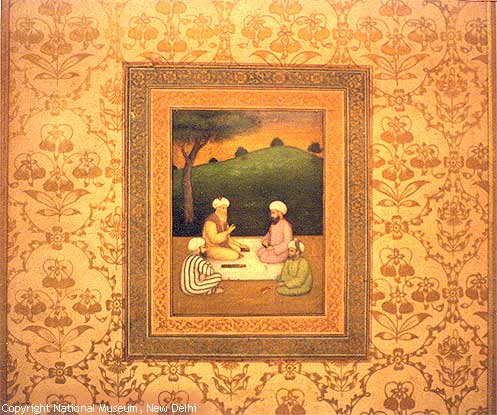Gogona- indigenous rhythms
January 15, 2012I had been always fascinated by this wonderful instrument called Gogona which often awed me and which I had tried only a few times out of awe.
Gogona is a type of Jew’s or Jaw harp, a vibrating reed instrument that is used primarily in the traditional Bihu music in Assam and that which is an integral part of Bihu as it gives an extra flavour to both Bihu song and dance. Gogona or Jew’s Harp or Jaw Harp is a simple musical instrument but I am sure it must have been a genius who designed it . It is found in different parts of the world, so it’s origin is a bit disputed or maybe it will be safer to say that it perhaps developed simultaneously in different parts of the world.
So fascinated was I with it that I had written a post on it in Bamboo Lounge and maybe the fascination rubbed on Kavita Saharia who again shared it in her famous blog My Room. Maybe the fascination is contagious , hence I am here,reinventing the post again at the insistence of the issue editor for Fried Eye . Though the post was a very short one- more like a spurt of my random thoughts on it, but it brought forth a thread of interesting discussions on it in My Room. The discussions on the other hand brought before us interesting yet unrecorded information on the gogona, which came like a blessing for us as there was very little on the internet about it. I am compiling all the information that were exchanged on the discussion thread of that post for you, as I had this passing thought that some of you out there might be interested in it.
Lin from Brazil had added that such an instrument but different in the appearance which acted on the same principle was used in a fight dance form of Brazil called Capoiera . The instrument consisted of a bow and a basket, which they used to vibrate while playing it.
Kay , another visitor affirmed of hearing similar sounding instrument in Australia , though she could not provide further details on it.
Amatamari from Italy had an interesting bit of tidbit to add. He mentioned about scacciapensieri , a similar instrument found in Italy, slightly different in appearance , but which sounded exactly similar and enclosed a link too for reference. http://www.youtube.com/watch?v=4aiSQvhK6rY
Patty also shared her bit by letting us know that her grandfather used to play a similar metal instrument called the juice harp and the similarity did not end there. It too was played by mouth like the gogona.
Kishore Choudhury shed more light on it by a comparatively detailed background report. He traced the origins to as early as the third century in South Asia which was later embraced all over the world. He also provided the names for it in different regions like- Morsing in Andhra Pradesh and Karnataka, Mugursing in Tamil Nadu and Morchung in Rajasthan. Though it has a very basic and simple appearance, it holds a high place in carnatic music, he had added.
Gigi Hawaii , a visitor from Hawaii had brought up the topic of its nomenclature on why it was called Jews Harp when there has been no mention of it any where in Jewish history. Another visitor had mentioned it’s other name being Juice Harp while I had mentioned it being a sort of Jaw harp. But on checking wikipedia I was amused to find that all three of the names pointed towards the same instrument and the different names must have been variation of pronunciation.
I had also tried to demonstrate with this amateur video of mine the sound and the system of playing the instrument though I am not sure how far I have been successful with it.
You see, the easiest way to learn is to silently pronounce A-E-I-O-U while we give slight pushes to the right end. Now, you can play the instrument according to the beats of the music. Improvisations are your contribution and will be welcomed.
We welcome your comments at letters@friedeye.com





